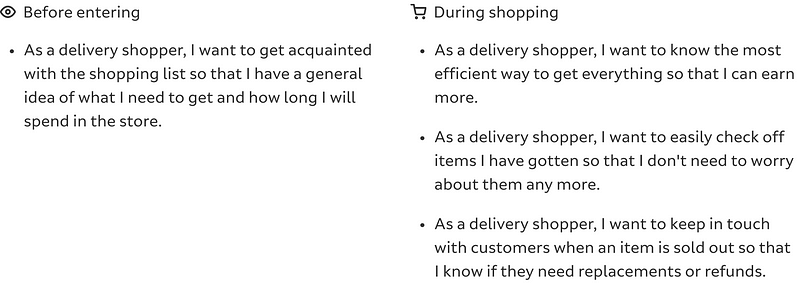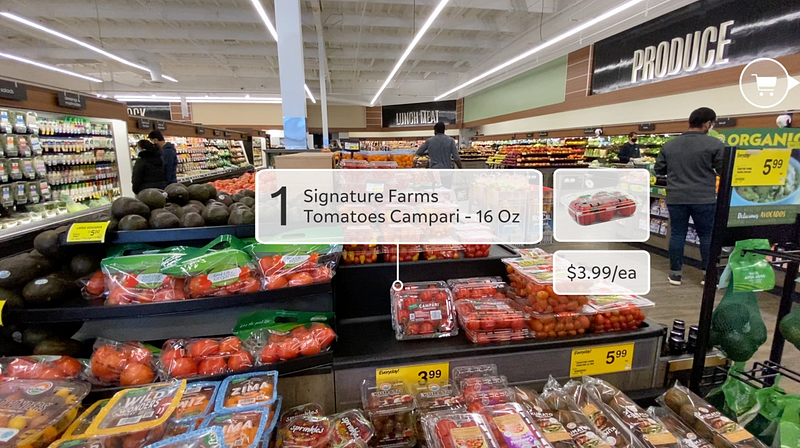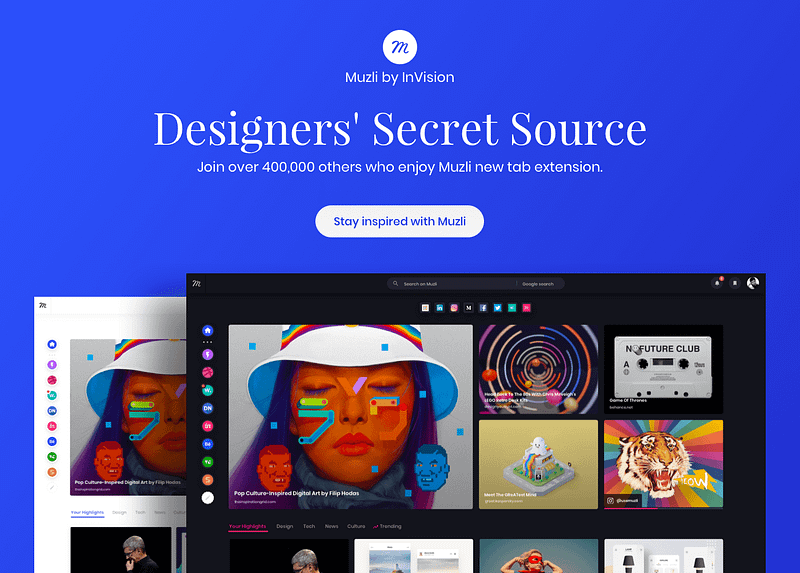Innovative AR Glasses: Enhancing Delivery Shopping Efficiency
Written on
Chapter 1: Introduction to AR in Delivery Shopping
Recently, Google introduced a groundbreaking feature for Google Maps known as Live View. This innovation employs global localization technology combined with Augmented Reality (AR) indicators to assist users in navigating intricate indoor spaces. Personally, I find this functionality incredibly useful, and I wonder how we can further extend indoor object localization. What if we integrate this technology into the much-anticipated AR glasses? With their improved portability and potentially infinite display area, AR glasses could revolutionize our interaction with indoor environments. This case study examines how these possibilities can be transformed into realities, specifically for delivery shoppers. How might AR glasses, paired with precise indoor object localization, enhance the experience for delivery shoppers?
Unlike typical grocery shoppers, delivery shoppers possess a precise list of items they need to collect. Their focus on efficiency is crucial for maximizing their earnings, and they often find themselves in unfamiliar stores. Upcoming AR glasses, when combined with detailed indoor mapping, could streamline paths for delivery shoppers in any grocery store, reduce mistakes by pinpointing the correct items, and allow them to keep their hands free—eliminating the need to juggle a phone and control a shopping cart simultaneously.

Indoor maps would not only indicate the locations of aisles but also detail the contents and stock levels within each one.
Section 1.1: Use Cases for AR in Grocery Delivery
After viewing several videos featuring Instacart shoppers (like this one), I identified four primary use cases that would be intriguing to design for:

It's crucial to note that in the proposed solution, I've assumed the app would come pre-loaded with a grocery store map and aisle information.
Subsection 1.1.1: Imagining Future Possibilities
Chapter 2: Design Considerations for AR Applications
Multimodal Input Methods: To maximize user interaction with the system, it's beneficial to incorporate a variety of input methods. By utilizing diverse and intuitive interaction techniques, users can efficiently switch between contexts and tasks.

Hand gestures and voice commands can serve as inputs to capture images of alternative products and integrate them into messages.
Scalable User Interface: Given the adaptability of 3D space in displaying information, it’s vital to employ a UI that scales effectively. I opted for a card-based design that allows information to be easily expanded or collapsed based on the user's context.

Cards can be removed when the information is no longer relevant.
Managing Offscreen Exploration: With limited visible areas, there’s a significant likelihood that interactive elements may be out of sight. An indicator can help direct delivery shoppers’ attention to these elements.

The indicator in the top right corner signals that there are additional items outside the visible area.
Integrating UI into the Environment: Although my initial aim was to have UI components seamlessly integrated into the environment, I discovered a few elements that still resemble today's screen-based interfaces. I sought to establish a relationship between the types of information presented and their optimal display methods.

Chapter 3: Conclusion and Reflections
I thoroughly enjoyed experimenting with After Effects to create a plausible vision of the future I hope to see. With major companies investing heavily in the development of AR glasses, this future seems imminent. However, amid all the enthusiasm, we must also acknowledge the ethical dilemmas tied to this technology. I often ponder, as we make it so convenient to wear a pair of glasses and access an overlay of reality instantly, where does the physical world end and the digital one begin?
Special thanks to Deepak, Barun, Gus, Iris, and Ian for their invaluable feedback and motivation throughout this project!

Chapter 4: Practical Insights from AR Workshops
The following video showcases a workshop aimed at building AR and VR applications, providing insights into practical approaches for developers.
Chapter 5: Enhancing AR Shopping Experiences
This video discusses creating realistic AR try-on experiences for platforms like Snapchat, shedding light on user engagement in augmented shopping environments.